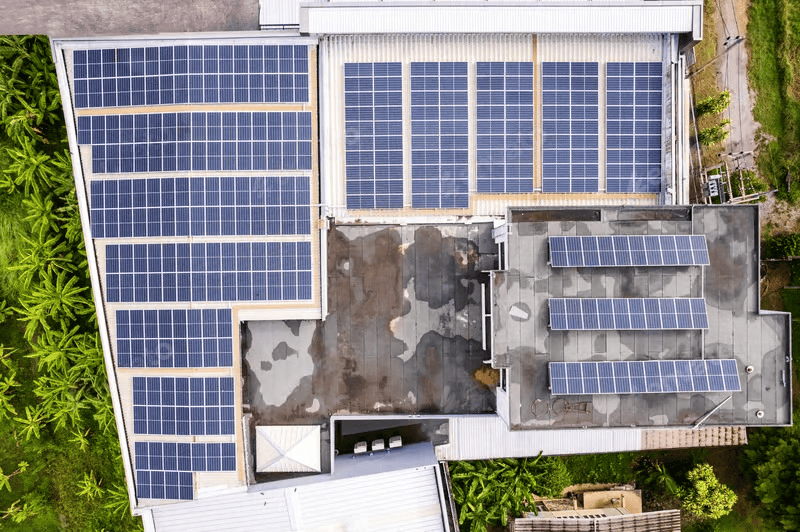While many businesses are dedicated to protecting the environment as much as possible, the bottom line is that they must focus on turning a profit to keep the doors open. With that in mind, for-profit business managers appreciate the tax incentives and rebates offered for commercial solar projects. There are typically two primary tax credits offered that will benefit businesses, non-profit organizations, and local or tribal governments when they invest in a solar project. One offers an investment tax credit, while the other is focused on the production of electricity to derive the credit. The experts at Solar Group are ready to help you understand and make the most of these two valuable tax credits when you are ready to do your part and begin a commercial solar project.
The Benefits Of The Investment Tax Credit
The investment tax credit or ITC is a tax credit that reduces federal tax liability based on a certain percentage of the cost of the commercial solar system. The tax credit is given in the tax year that the system was installed. It starts with a 30% tax credit and can increase with a domestic content bonus or energy community bonus. Additional bonuses can also be secured if the project involves a qualified low-income residential building.
The Benefits Of The Production Tax Credit
The production tax credit, or PTC, is a tax credit that is computed based on the electricity generated by the solar system. It is measured in kilowatt-hours and is applied for the first decade of the system operation, which is adjusted annually to account for inflation. The current credit amount for the PTC ranges from .55 cents to 2.6 cents per kWh. There are also bonuses offered related to the domestic content and energy community served by the project.
Is Your Commercial Solar Project Eligible For Tax Credit?
For your commercial solar project to qualify for tax credit, the project must be located in the United States or a U.S. territory. The project must also meet qualifications for the amount of new equipment and previously used equipment. Finally, the project cannot be leased to a tax-exempt entity such as a school.
The eligible items that can be included in the expense of the project to calculate the tax credit include:
- Solar panels
- Inverters
- Racking
- Balance of system equipment
- Sales and use tax on the equipment
- Equipment needed to generate electricity, heat and cool a structure, or provide solar process heat
- Installation costs
- Set up transformers, circuit breakers, and surge arrestors
- Energy storage devices
What If The Business Is A Non-Profit And Does Not Pay Taxes?
If a non-profit that does not pay taxes installs a qualifying system, the entity can request a direct payment for the credit they would have otherwise been eligible to receive. The project must be completed after 2022 to secure this payment, and the organization must pre-register to receive the payment. A transfer of credit is also permitted if the entity does not want a direct payment. In this case, they can sell all or some of the tax credit to an unrelated entity. If your business does not pay taxes but you are interested in installing a commercial solar system and want to learn more about how to take advantage of the sales tax credits, please contact the experts at Solar Group today.

